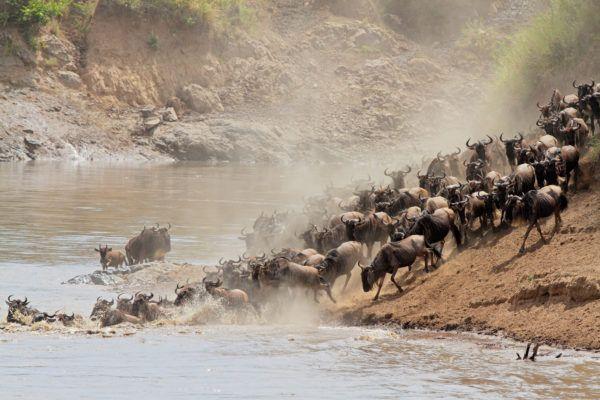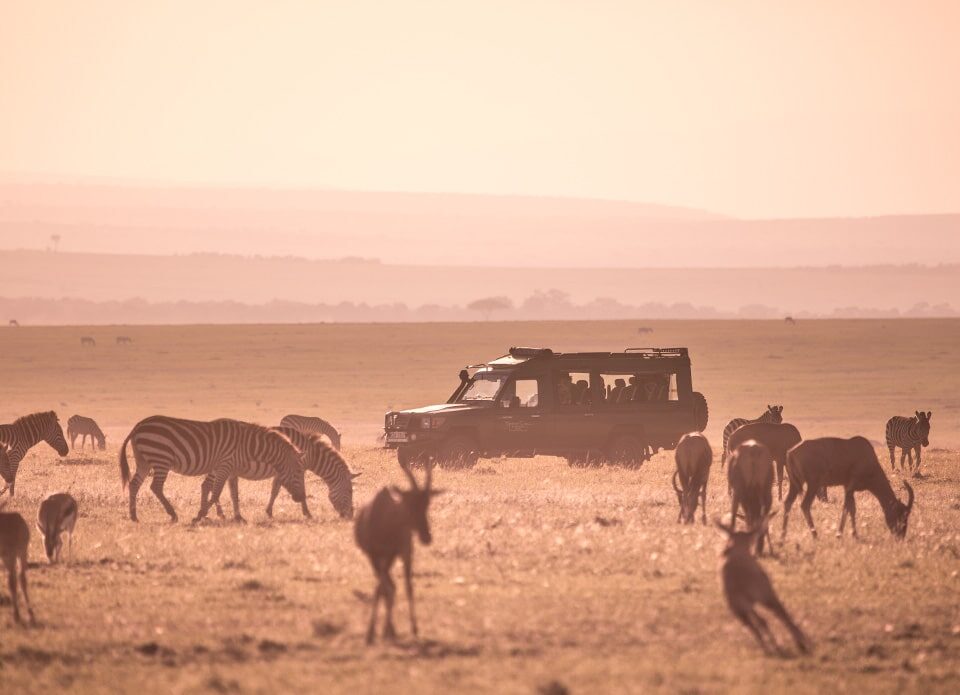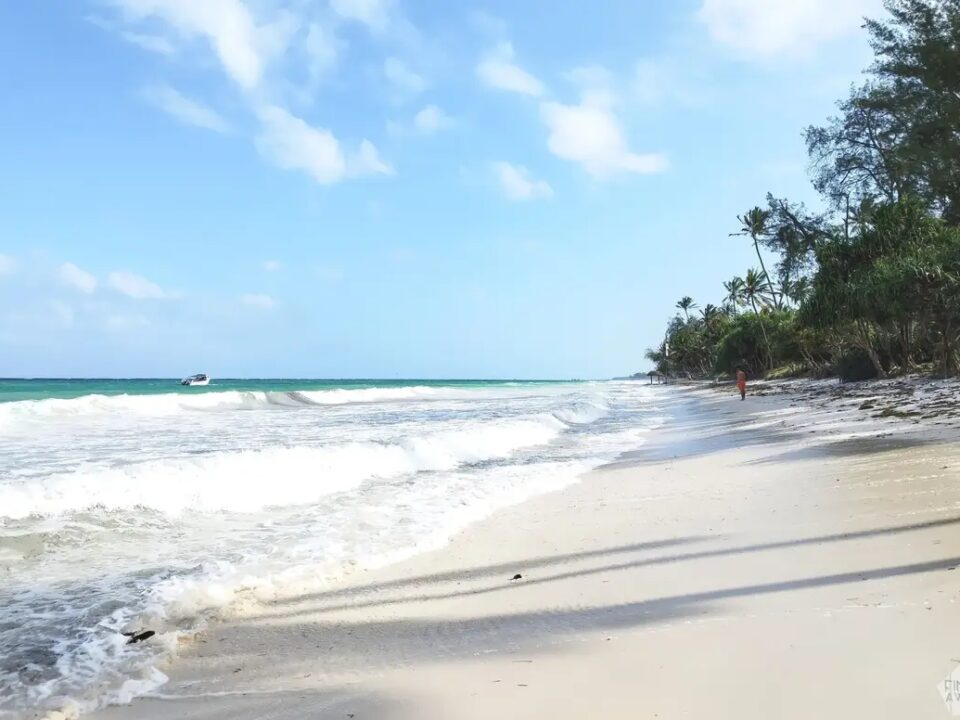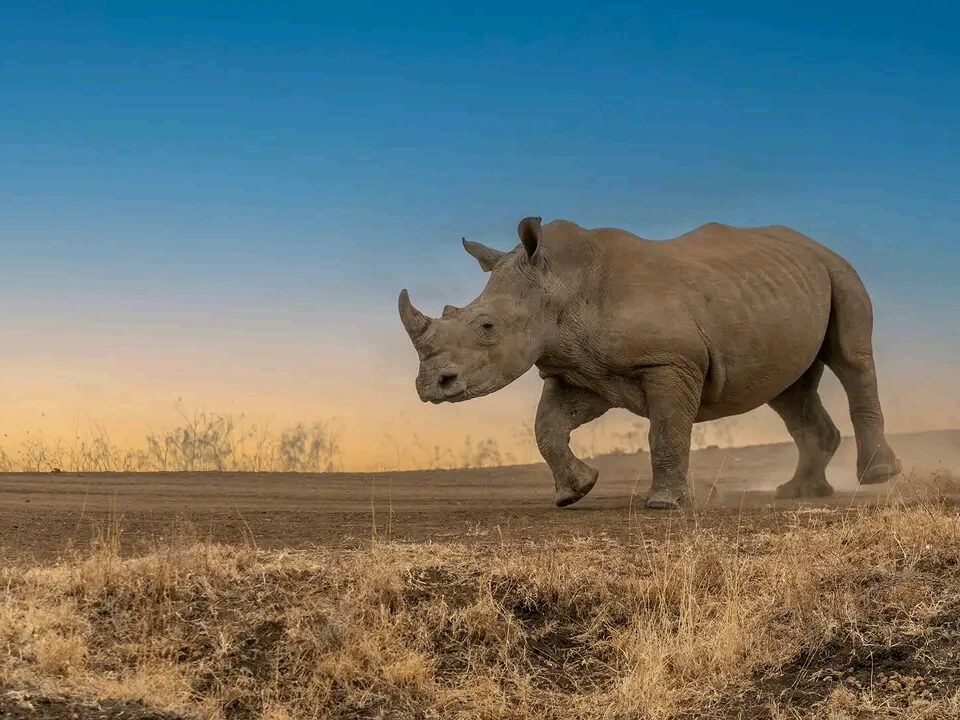
Bird Watching at Lake Nakuru
November 2, 2023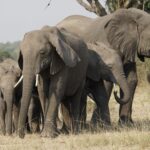
What are The Big 5 animals in Kenya?
November 13, 2023Which is the Best month to visit Masai Mara? – What is the best season to visit Masai Mara in Kenya?
Masai Mara National Reserve is one of Africa’s treasures -famous for its extraordinary wilderness and amazing wildlife. Masai Mara is a must-visit for any traveler to Kenya! Are you wondering Which is the Best month to visit Masai Mara? There is no wrong time to visit Masai Mara, however, depending on your interests, you will find more months more desirable than others. For a typical Kenya Wildlife Experience, the Best month to visit Masai Mara is during the long dry seasons which usually coincide with the annual Great Wildebeest migration.
Just like most of Kenya National Parks and Reserves, Masai Mara National Reserve experiences two dry seasons which are between July to October, which is the longer dry season, and December to March. July to October is considered the Best month to visit Masai Mara in Kenya. These months are usually characterized by the arrival of massive herds of mammal grazers (wildebeest and their entourage) through the southern part of the reserve from Tanzania’s Serengeti National Park.
Approximately 2 million wildebeests and hundreds of thousands of Zebras, elands, and gazelles cross the Mara River to enter the Masai Mara Reserve in Kenya. This natural spectacle is a joy to witness during your Kenya safari tour/Kenya safari/Kenya Wildlife Safari. The wildebeests and their entourage start arriving in the Reserve by late June through August. We can help you customize your tour to see wildebeest in Kenya including dramatic events like the River crossing, where wildebeest cross the crocodile-infested Mara River. During the crossing, water claims the lives of the worn-out and the crocodiles take their share of the weak. No wonder upon arriving on the river banks, there are several hungry predators like lions, leopards, and cheetahs all waiting to take their share of the migrating mammals.
Temperature Variations in Masai Mara – Best month to visit Masai Mara
The Masai Mara National Reserve experiences distinct day and night temperature variations throughout the year. During the daytime, temperatures in the Masai Mara can range from around 22 to 30 degrees Celsius (72 to 86 degrees Fahrenheit) on average. However, during the hotter months, like July, August, September, January, and February, temperatures can soar higher, reaching around 35 degrees Celsius (95 degrees Fahrenheit). The daytime temperatures generally provide a warm and comfortable climate for wildlife and visitors alike, making it an ideal time for game drives and outdoor activities.
At night, temperatures in the Masai Mara can drop significantly, especially during the cooler months. The nights can get chilly, with temperatures ranging from around 10 to 15 degrees Celsius (50 to 59 degrees Fahrenheit). It’s important to carry warm clothing during these cooler months, as the temperature drop can be quite noticeable.
The weather in the Masai Mara is influenced by various factors, such as altitude, seasonality, and regional weather patterns. The weather conditions can also vary from year to year.
The fluctuation between day and night temperatures in the Masai Mara offers a diverse experience, with pleasant warmth during the day for wildlife viewing and comfortable cooler nights for resting and enjoying the atmospheric ambiance of the African wilderness.
An Overview of Masai Mara Safaris – Month by month weather in Masai Mara – Best month to visit Masai Mara
January – February
During January and February, it is pretty hot and dry in Masai Mara. These months are best for wildlife viewing in the Reserve as spotting wildlife is much easier because of the less foliage. The water is scarce during these months and wildlife usually concentrates around the waterholes. January and February are part of the short dry season month in Masai Mara and one of the Best months to visit Masai Mara. These months also offer ideal birdwatching opportunities in the reserve – bird migration season.
March – April – May
These months are known for the long rains. The weather may remain hot through March however as it ends the rains usually increase and through April, it is just rainy. For wildlife enthusiasts, this may not be the best time to visit Masai Mara as it poses several challenges including slippery routes and much greener foliage that make sightseeing more difficult. The rains regenerate local vegetation turning the Masai Mara all shades of green.
June – July – August – September – October
These months are the best time to visit Kenya in general. If you are planning your Kenya Safari, you should consider it between June to October. During these months, the temperatures are pleasant, there is warm and dry weather, and mostly clear blue skies above. Perfect weather for wildlife safaris in Kenya and Kenya safari tours in general. This is therefore the popular time for safari travel to the Masai Mara.
November – December
These last two months of the year ring in the ‘short rains’ or less intrusive of the two rainy seasons. Not most popular for wildlife safaris in Kenya however safaris are possible during this time of the year. You should however expect overcast, cloudy skies and rain showers in the afternoons. During November and December, the temperatures usually remain high, although the mornings can be chilly at times.
Different seasons in Kenya – What is the best season to visit Masai Mara in Kenya?
Dry season – Best season to visit Kenya
The dry season is the best time to visit Kenya for safaris. Kenya receives two dry seasons, June-October which is also the longest dry season, and December to March which is the short dry season. The dry season is characterized by the arrival of wildebeest, passable roads, the temperatures are pleasant, there is warm and dry weather, and mostly clear blue skies above.
The dry season is also the peak season in Kenya.
Wet season – Low season in Kenya
The wet season in Kenya typically occurs between March and May and sometimes extends into June. During this time, there is an increase in rainfall across the country, resulting in lush green vegetation and abundant water sources throughout the national parks and reserves.
Safaris during the wet season in Kenya can offer a unique and rewarding experience. While the weather may be less predictable and roads might be muddy or challenging to navigate in certain areas, there are several advantages for wildlife viewing during this period:
The wet season is a haven for bird enthusiasts. The increased rainfall and available water attract a wide variety of bird species, including migratory birds from Europe and other parts of Africa. You can spot colorful birds, nesting activities, and unique breeding behaviors during this time.
The wet season is considered the low season for tourism in Kenya. With fewer visitors, you can have a more intimate and less crowded wildlife viewing experience, allowing you to fully enjoy the tranquility of nature.
Safari lodges and tour operators often offer discounted rates during the wet season due to lower demand. This can be an advantage if you are looking for a more budget-friendly safari option.
Plan your Kenya safari tour with Acacia Safaris Limited and experience the most thrilling adventure in Africa. We also offer extended tours to Tanzania, Uganda, and Rwanda. We offer a range of experiences in Kenya including Wildlife safaris, Hot air balloon rides, and Beach holidays among others.
Kenya Safaris Tour Related Searches
- Kenya Wildlife Safaris
- 5 Days Kenya Jungle Safari
- 6 Days Great Migration Kenya Safari
- 6 Days Kenya Wildlife Tour
- 7 Days Kenya Wildlife Safari
- 7 Days Kenya Group Holiday Tour
- 8 Days Kenya Holiday Safari
- 8 Days Kenya Safari Tours
- 9 Days Kenya Wildlife Vacation Tour
- 12 Days Kenya Wildlife Safari Uganda Gorilla Tour
- Africa Adventure Tours
- East Africa Safaris
- Kenya Safari
- Kenya Tourist Attractions Ideas
- Big Game Wildlife Safari Kenya
- Trekking Safaris in Kenya


